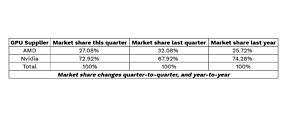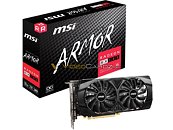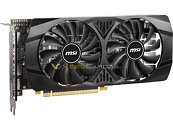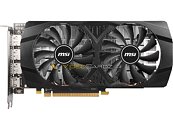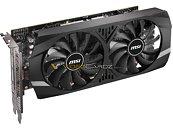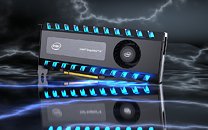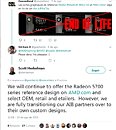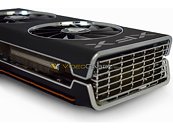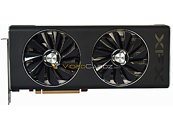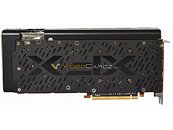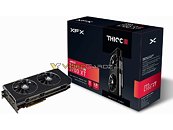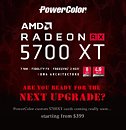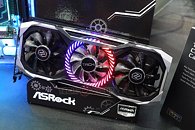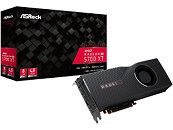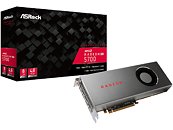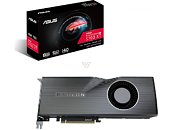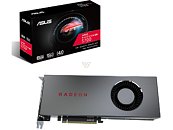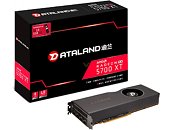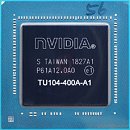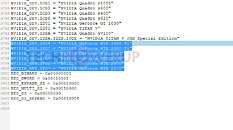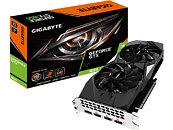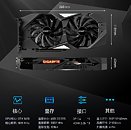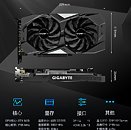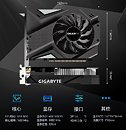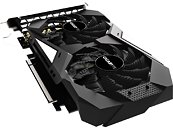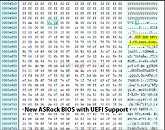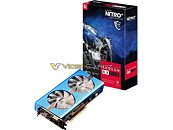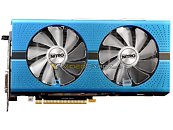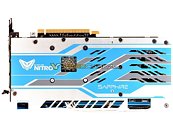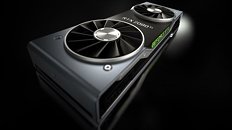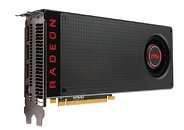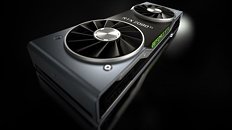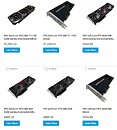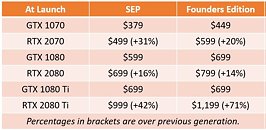
Intel joins CHIPS Alliance to promote Advanced Interface Bus (AIB) as an open standard
CHIPS Alliance, the leading consortium advancing common and open hardware for interfaces, processors and systems, today announced industry leading chipmaker Intel as its newest member. Intel is contributing the Advanced Interface Bus (AIB) to CHIPS Alliance to foster broad adoption.
CHIPS Alliance is hosted by the Linux Foundation to foster a collaborative environment to accelerate the creation and deployment of open SoCs, peripherals and software tools for use in mobile, computing, consumer electronics and Internet of Things (IoT) applications. The CHIPS Alliance project develops high-quality open source Register Transfer Level (RTL) code and software development tools relevant to the design of open source CPUs, SoCs, and complex peripherals for Field Programmable Gate Arrays (FPGAs) and custom silicon.
CHIPS Alliance is hosted by the Linux Foundation to foster a collaborative environment to accelerate the creation and deployment of open SoCs, peripherals and software tools for use in mobile, computing, consumer electronics and Internet of Things (IoT) applications. The CHIPS Alliance project develops high-quality open source Register Transfer Level (RTL) code and software development tools relevant to the design of open source CPUs, SoCs, and complex peripherals for Field Programmable Gate Arrays (FPGAs) and custom silicon.





